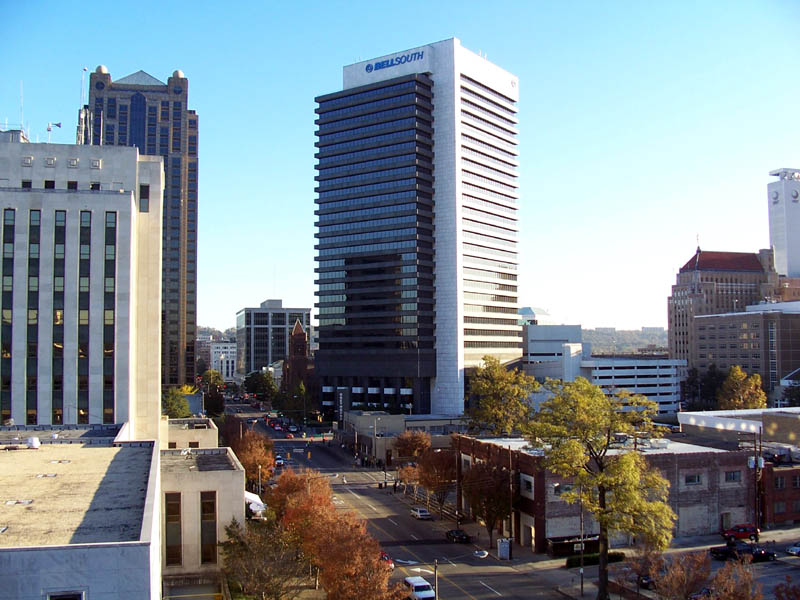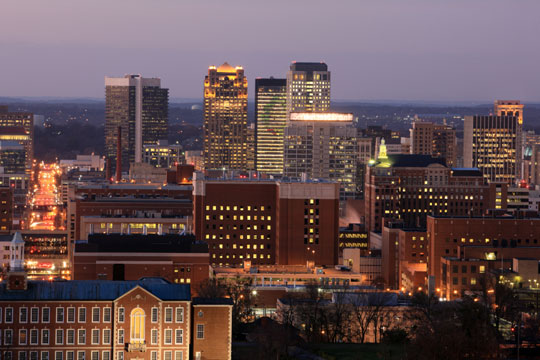According to the latest report from the Alabama Center for Real Estate, 1,134 homes were sold during April, compared to 1,010 in March and 1,064 in April 2013. This breaks down to an increase in the local market residential sales by 124 units. This equates to a rise in sales of about 40.9 percent since the lowest point for the local market in 2011, which was a period of 805 sales, according to Biz Journals and the data they have gathered.
Moving to Birmingham is becoming increasingly competitive for prospective buyers as available properties continue to dwindle. The average number of listings for April from 2009-2013 was 9,506, and the numbers hit as high as 12,895 in April 2007. Inventory currently available in the area remains low, with about 7,500 units available listed for sale in April 2014. While that’s an increase from March by 5.4 percent, it’s down 3.5 percent from April 2013.
Some additional stats:
The average days on the market for a unit in April was 116, up 22.1 percent from March and up 26.1 percent year-over-year.
Home prices have held steady, well over the $145,030 median sales price from 2009 to 2013

